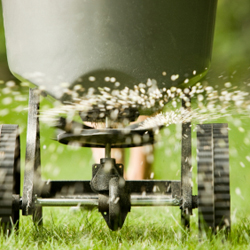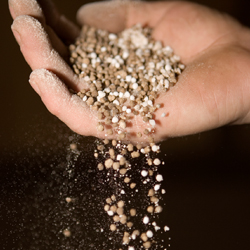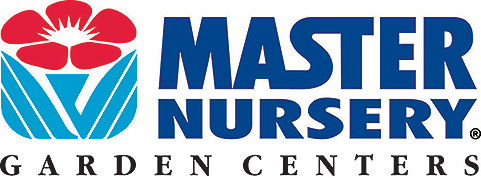Once upon a time, contrary Mary grew her garden with silver bells and cockleshells, but nowadays, most of use some other forms of fertilizer.
Simply put, a fertilizer has nutrients to make a plant grow better. Years ago, farmers used composted manure, ashes, and urine. Today, most of us buy our fertilizer. A trip to the store can be confusing. What do those numbers mean? Should I buy liquid or granular? Which is better, slow or quick release? Let’s investigate those numbers…
Without getting too technical, the three numbers show the percentage of available nitrogen (N), phosphate (P) and potassium (K). By law, it always goes in that order. If you see a fertilizer with 20-5-10, it means the fertilizer contains 20% available nitrogen, 5% phosphate and 10% potassium. (Other nutrients and filler make up the difference.)
What does that mean to your plants?
- Nitrogen promotes chlorophyll, producing greener and quickly growing plants. If your plants aren’t as green as they should be, use a fertilizer with nitrogen. Most lawn fertilizers have a relatively high nitrogen content and cause mowing to be more frequent.
- Phosphate improves root growth, flowering ability and bloom size. Use a fertilizer with a larger “middle number” to encourage root growth during transplanting or to encourage blooms.
- Potassium enables the photosynthesis process and improves plant resistance to cold spells, drought, and insect attacks. Many people use a potassium fertilizer when the seasons change.
Read the label for specific instructions and uses. It may seem boring, but reading that label will prevent bad results. Overuse or misuse of fertilizer can kill your plants and that’s certainly not your intention. Read the label, follow the instructions and enjoy the results!




